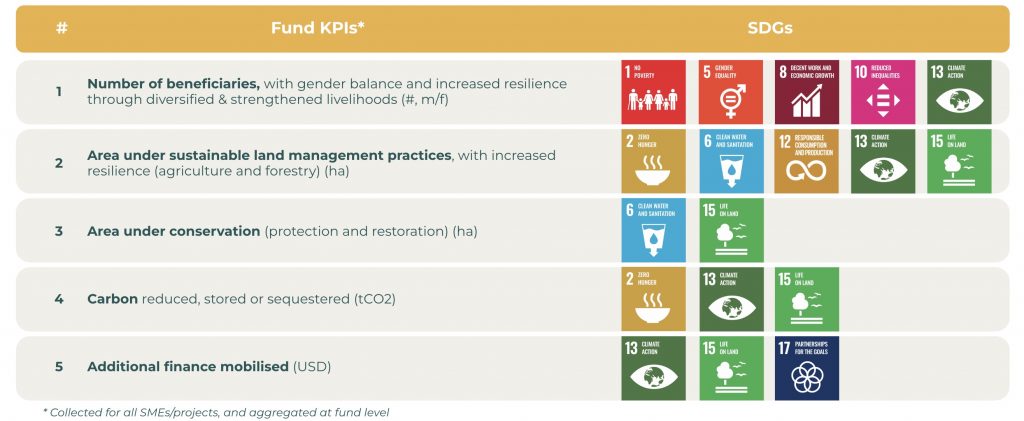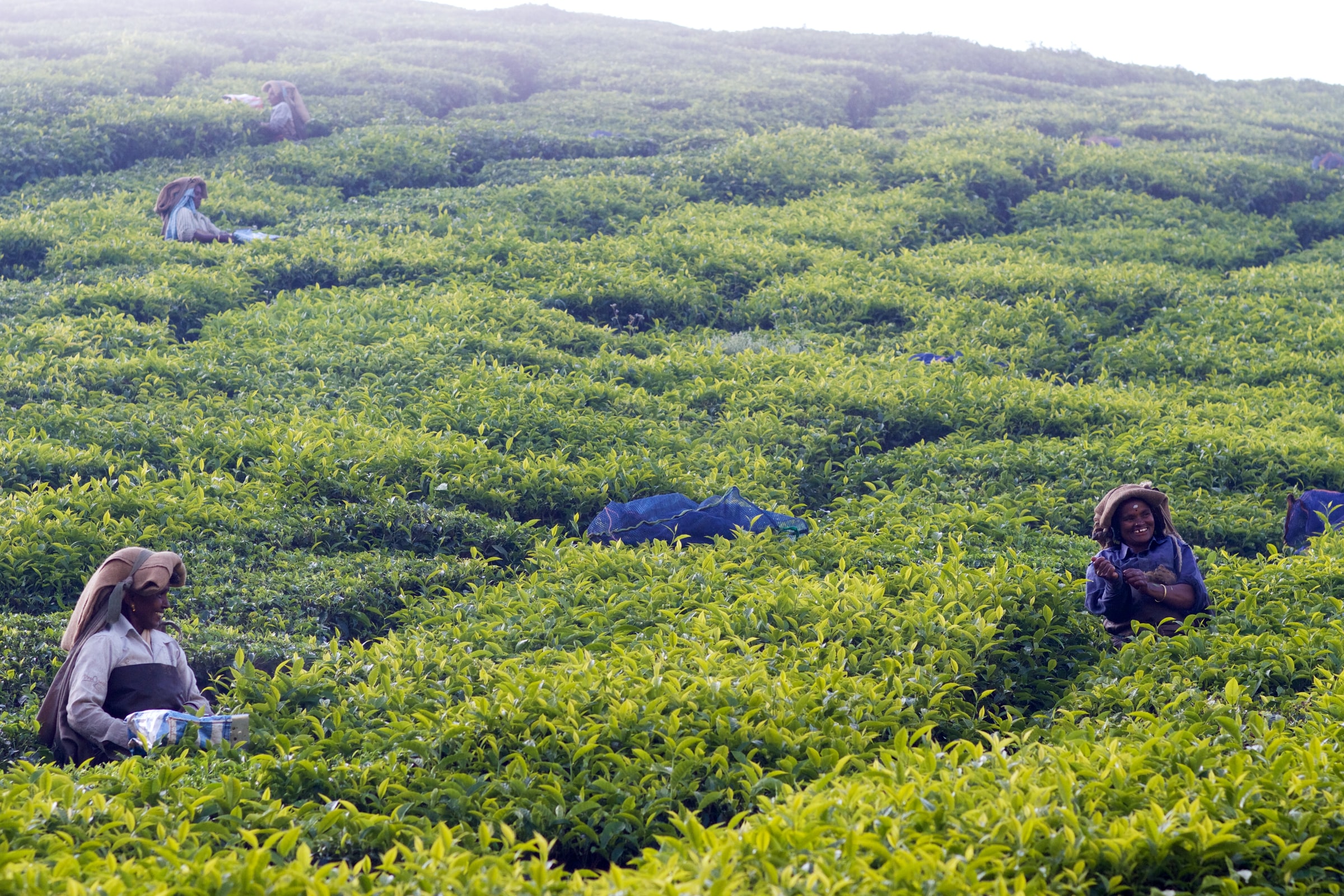
About the LRF
The Landscape Resilience Fund (LRF) is an impact-driven, independent foundation that mobilises private and public climate finance for vulnerable smallholders and landscapes. The LRF was co-developed by South Pole and the World Wide Fund for Nature (WWF) to create a scalable way to support meaningful climate adaptation in rural landscapes.
Mission
The mission of the LRF is to enable the most vulnerable people in rural landscapes to effectively adapt to climate change.
Despite the intensifying frequency and impact of physical climate risks, only a fraction of climate finance goes towards climate adaptation – and virtually none of it comes from the private sector, a key problem that the Landscape Resilience Fund seeks to tackle.
The fund is now rallying more public institutions, companies, and philanthropies to invest in a resilient future.
Prioritising impact
Today, agriculture is the main source of income for around 500 million smallholder farmers, who produce roughly a third of global agricultural output. They are also the most exposed to the natural hazards of a warming world – from floods and storms to droughts and soil degradation – putting entire economies in peril and risking the breakdown of global food supplies.
The LRF provides financing and technical assistance to small and medium-sized enterprises (SMEs) that work with smallholders in such vulnerable landscapes – like cocoa growers, coffee producers or rattan harvesters – and help them access better farming materials, such as drought-resistant seeds, as well as training and finance. Repaid loans are being re-invested in other SMEs, creating a self-sustaining, efficient financing tool for adaptation.
LRF activities are grounded in an integrated landscape approach that seeks to reconcile competing natural resource demands and interests in order to effectively address broader objectives of inclusive development, biodiversity conservation, and climate change mitigation. By investing in SMEs and local communities in developing countries, the LRF helps create a shared understanding and collaborative implementation of actions that enhance climate resilience and human well-being – landscape by landscape, SME by SME, village by village.
In addition to mobilising funds for climate adaptation projects, the LRF is committed to contribute to several other meaningful positive outcomes measured against the Sustainable Development Goals (SDGs), whilst identifying and appropriately managing any ESG risks from our investments:
The LRF KPIs contribute to specific SDGs:

See more about how we contribute to these specific SDGs here.

